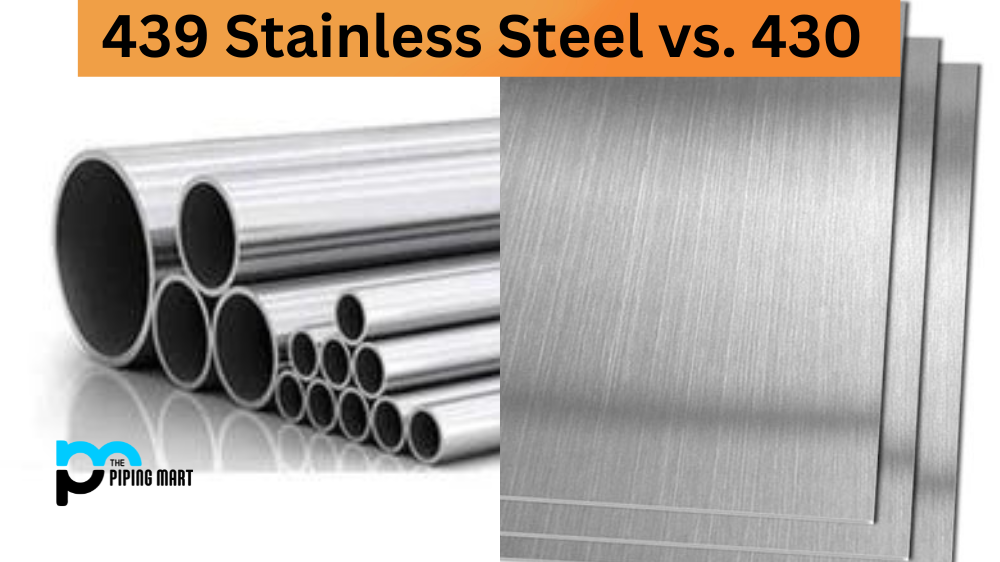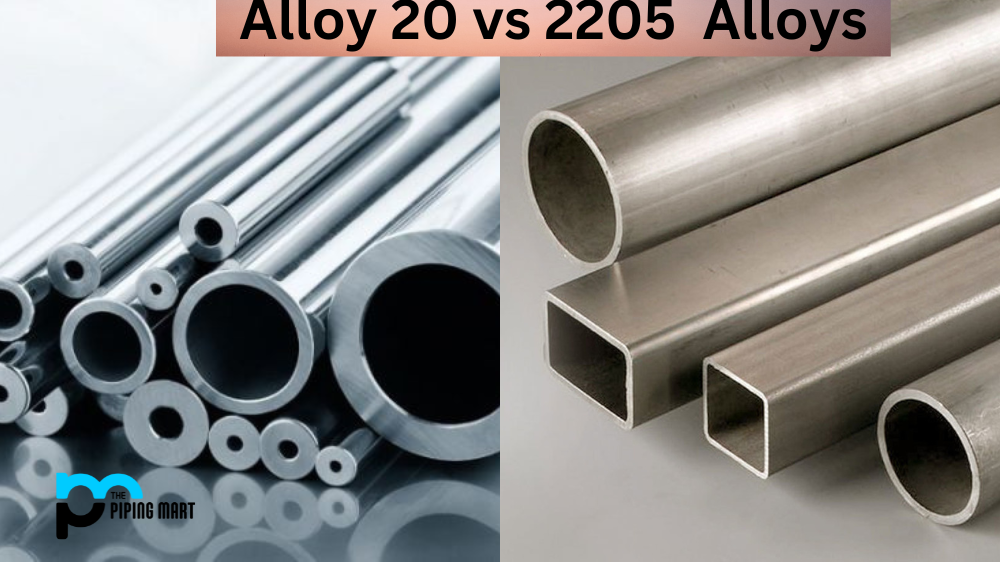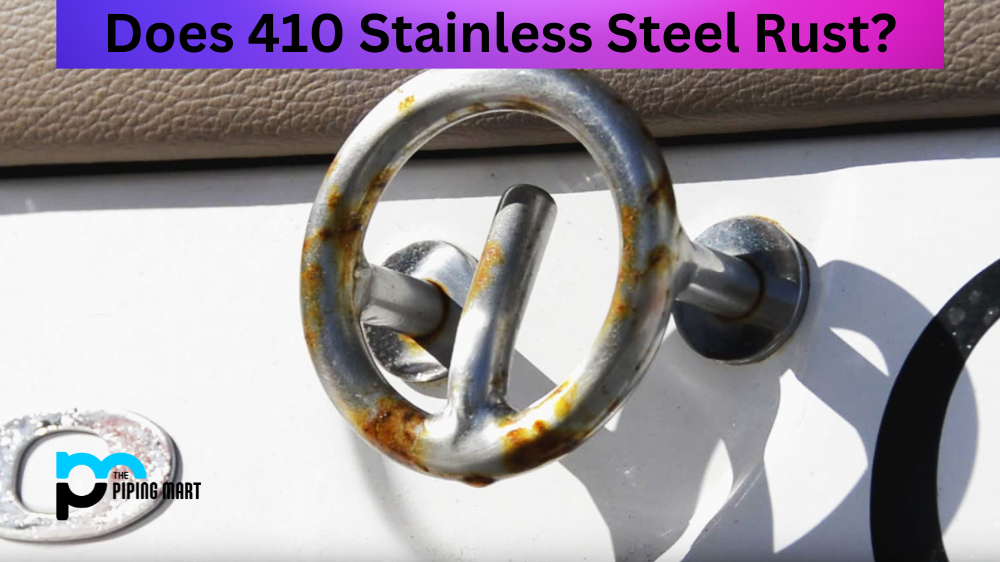Stainless steel is a popular and versatile material used in various industries, including manufacturing, construction, and automotive. Numerous grades of stainless steel are available, and deciding which is best suited for your application can be challenging. In this blog post, we’ll compare two common stainless steel grades – 439 and 430 – to help you make an informed decision.
Difference Between 439 Stainless Steel and 430
Chemical Composition
Both 439 and 430 stainless steel are ferritic stainless steel with a similar chemical composition. However, 439 stainless steel contains titanium, which gives it higher chromium content, making it more corrosion-resistant than 430. That means 439 stainless steel is ideal for applications that require good atmospheric and chemical corrosion resistance, such as automobile exhaust systems.
Magnetic Properties
Ferritic stainless steels are known for their magnetic properties. Both 439 and 430 are magnetic non-hardenable alloy steels. However, 439 stainless steel contains slightly more nickel than 430, making it more magnetic than 430 stainless steel. Therefore, 439 stainless steel should be the preferred choice for applications that require higher magnetic properties.
Heat Resistance
Ferritic stainless steels are known for their superior heat resistance compared to other types of stainless steel. In this aspect, both 439 and 430 are almost equal. Both grades can withstand high temperatures of up to 815 degrees Celsius or 1500 degrees Fahrenheit. However, 439 stainless steel is preferred over 430 for high-temperature applications since it contains titanium, which helps prevent chromium carbide formation and maintains the material’s corrosion resistance at high temperatures.
Cost
The cost is among the most significant differences between 439 and 430 stainless steel. For the same material, 439 stainless steel costs significantly more than 430. However, 439 is more corrosion-resistant and magnetic than 430, so it is a better investment in the long run. Depending on your application requirements, investing in 439 stainless steel can save you money in maintenance and replacement costs.
Conclusion
Choosing between 439 and 430 stainless steel, all comes down to your application’s requirements. If your application requires corrosion resistance, 439 stainless steel is the better choice. On the other hand, if your application requires higher magnetic properties, then 430 stainless steel is preferable. You must also consider the material’s cost and heat resistance before deciding. Considering all these factors, you can make an informed decision and choose the right stainless steel grade for your application.




